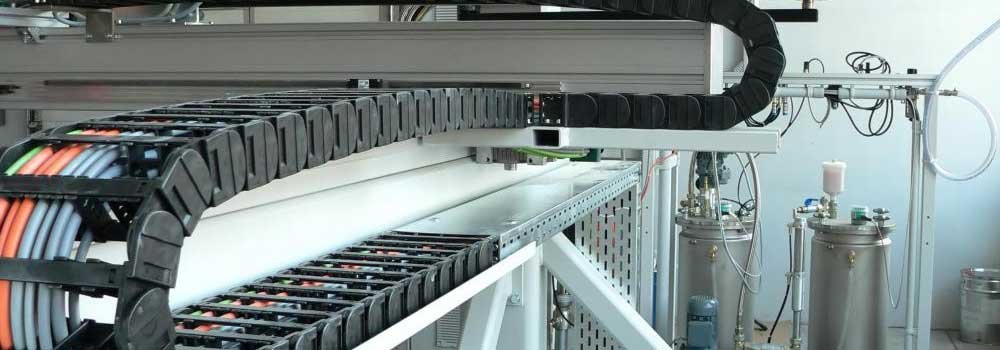Using the right machine for your operations seems like a straightforward decision to take. However, more often than not, the decision is not as specific as it looks. Consistently moving materials can be a daunting effort for process engineers and procurement workers.
Conveyors are frequently misapplied for many reasons, including the need to keep the number of specific machinery pieces to a minimum but still adhering to expense restrictions. Although these are also important factors when choosing a conveyor for an application for material handling, they should not be the primary evaluation criteria used or the only one.
There is a lot of considering going behind choosing the right conveyor for your job. This article is a small and straightforward guideline for selecting the right belt conveyor design for your work process.
These are some key points that you need to keep in mind before choosing the right tool.
Product or Material Type
A crucial step in establishing the right belting solution for a specific application is to decide what goods or items are transported on the belt. You need to keep in mind the relevant product features, including the size and weight of the materials, the temperature of the materials, or any sharp edges in the materials that need to be conveyed. Whether the product is a food or pharmaceutical substance, that is also necessary to be considered.
While a flat belt may be sufficient for many applications requiring commonly packed material conveyance, a more durable alternative, such as modular plastic belting, may be needed for large or heavy items.
Products such as food or pharmaceuticals typically need hard washing regularly. So, in that case, the belt needs to be custom designed so that it can withstand harsh chemicals.
Conveyor Function

There would be somewhat different belting criteria for a conveyor used to get goods from point A to point B than one used for indexing, placement, aggregation, or other applications. It can also help decide the best belting choice by the degree of incline and/or decline.
Where a simple flat belt chain cannot handle the task, cleated belts, timing belts, flat-top chains, and other custom alternatives need to be considered.
Operating Environment
Conveying that will be operated indoors and at room temperature, choosing the right belt will be much more flexible. Specific belting, for instance, stainless steel wire mesh belt for high heat conditions, would be needed for extreme temperatures, part visibility, cleanroom requirements, and other advanced operating environments.
While these are the most significant considering factors before buying a conveyer belt, these are not the only ones. Speed, overall operating stress, conveyor length, pulley diameter, and other considerations will all come into play. The conveyor engineering team working on the device will probably have to decide on them.
Like the linear slide system, you will need an expert opinion to choose the belt conveyor design process. If you need a custom design, you may check out Robotunit’s just in time conveyor technology for high quality and faster lead time.